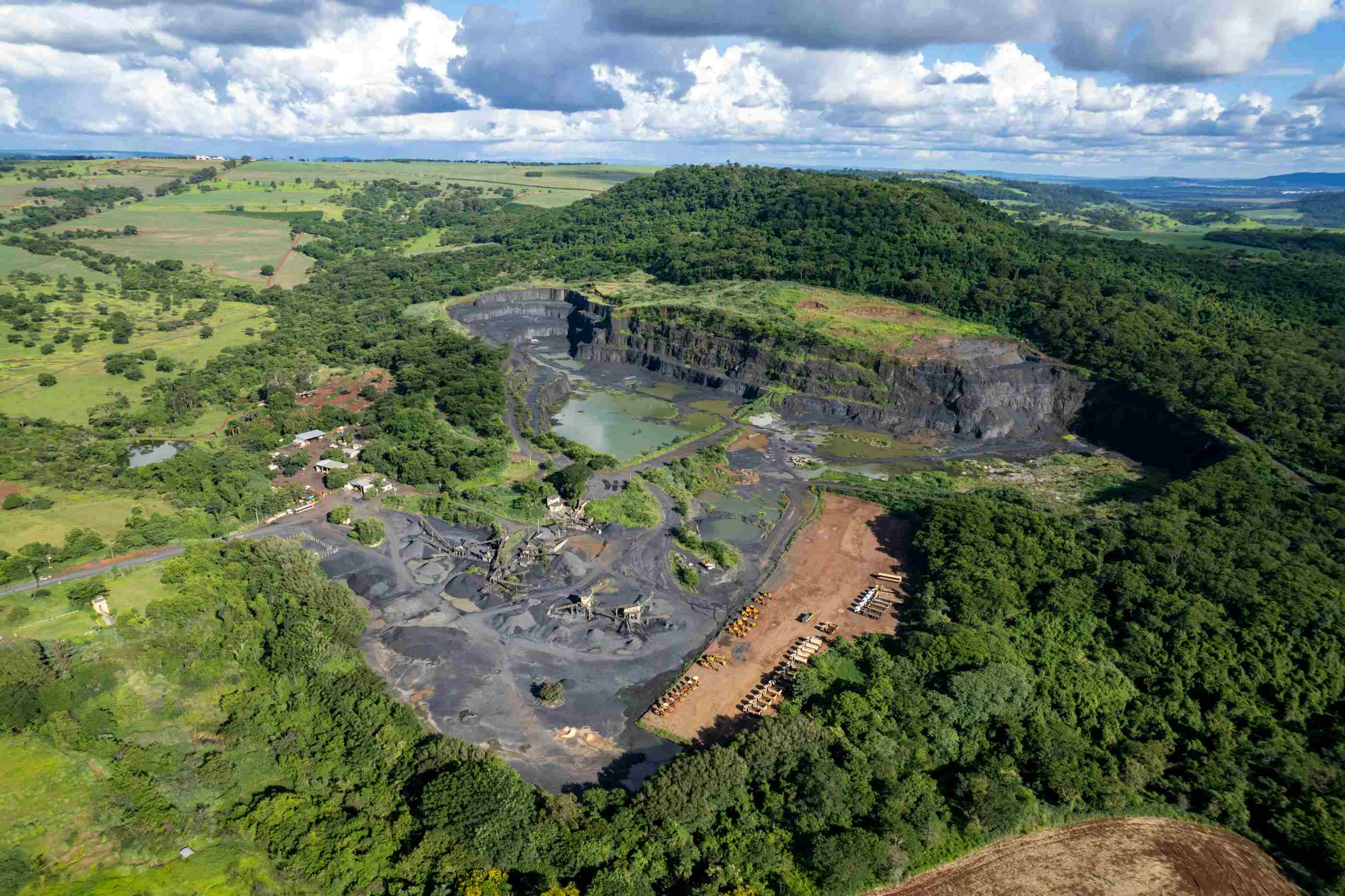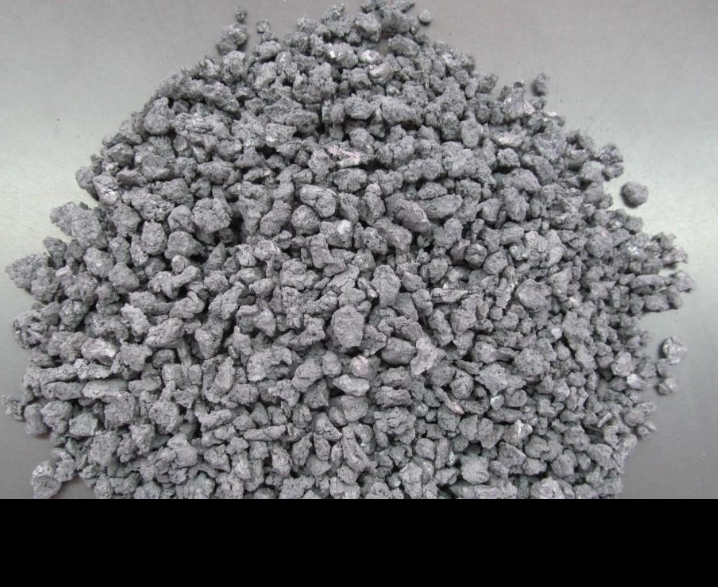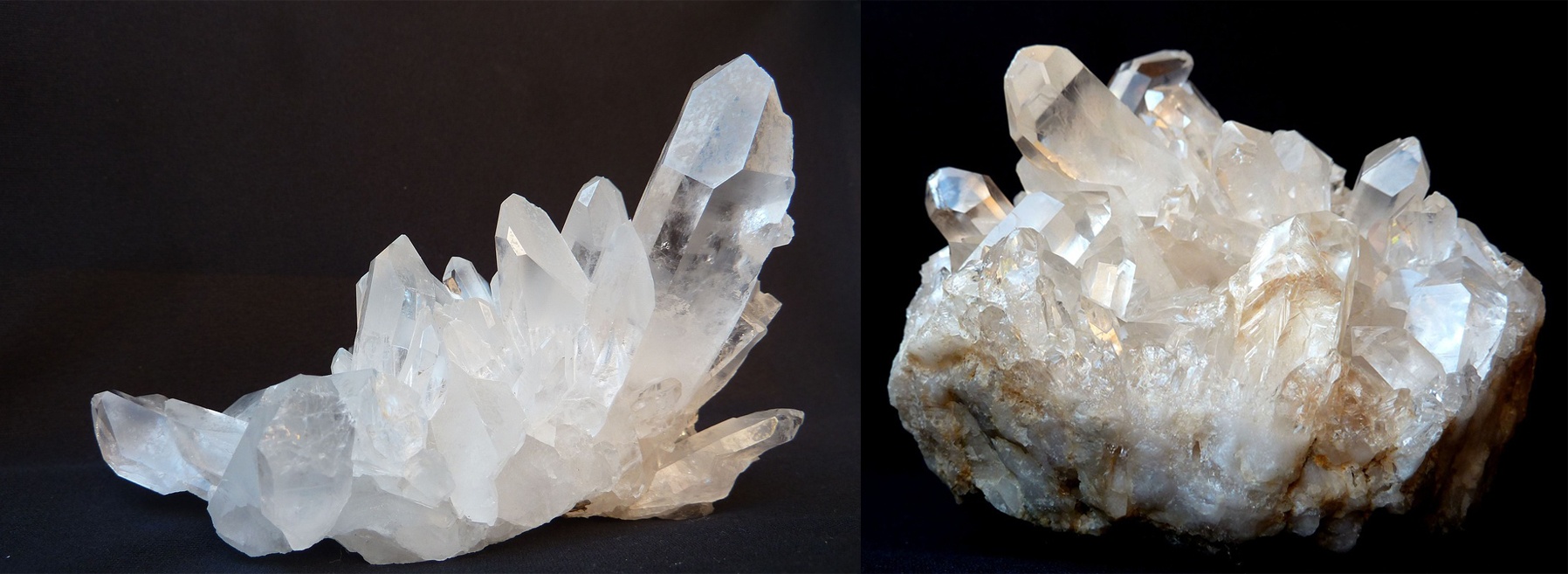 The Importance of Green Mining Development
Jun 20, 2024
The Importance of Green Mining Development
Jun 20, 2024
1. Definition of Green Mining
Green mining is a new mining development model that emphasizes the efficient use of resources, environmental protection and harmonious development of the community during the development of mineral resources. This model not only focuses on the economic value of mineral resources, but also pays attention to minimizing the impact and damage to the ecological environment, and strives to achieve harmonious coexistence between mining and the natural environment.
2. The connotation of green mining culture
Green mining culture is not only a production method, but also a new concept and cultural form of mining development. It includes the following aspects:
1) Green mining spirit: refers to the values and behavioral norms upheld by mining companies under the guidance of modern ecological civilization concepts, emphasizing scientific and orderly mining methods and the protection of the ecological environment.
2) Green mining concept: that is, in the process of mineral resource development, achieve a balance between effective resource utilization and environmental protection, and advocate sustainable development.
3) Green mine construction: involves multiple links such as mine planning, design, construction, and operation, aiming to achieve the coordination and unity of mineral resource development and environmental protection.
4) Green mining development: Integrate the concept of green development into all aspects of mineral resource exploration, mining, processing, management and land reclamation in mining areas to promote efficient resource utilization and maximize environmental protection.
3. The Importance of Green Mining
The importance of green mining is reflected in the following aspects:
1) Sustainable use of resources: Green mining emphasizes the rational development and utilization of mineral resources. Through scientific exploration and reasonable mining strategies, the service life of mineral resources can be extended to achieve sustainable use of resources.
2) Environmental protection: Traditional mining is often accompanied by serious environmental damage, such as land degradation, water pollution, etc. Green mining reduces damage to the ecological environment, protects biodiversity, and maintains ecological balance by adopting environmental protection technologies and management measures.
3) Energy conservation and emission reduction: Green mining advocates energy conservation and emission reduction, and by optimizing production processes and improving energy efficiency, it reduces greenhouse gas emissions and energy consumption, which helps to address global climate change.
4) Improved economic benefits: Green mining can improve the economic benefits of enterprises by improving resource utilization and reducing production costs. At the same time, green products are more popular in the market, which is conducive to opening up new markets and increasing competitiveness.
5) Fulfillment of social responsibilities: While pursuing economic benefits, enterprises also need to assume social responsibilities. The implementation of green mining helps enterprises establish a good social image, enhance public trust, and promote social harmony.
6) Policy support and market opportunities: Many countries have introduced policies to support the development of green mining, providing policy support and market opportunities for green mining. Enterprises can actively participate in the development of green mining, seize policy dividends and open up new market space.
7) Driven by technological innovation: The development of green mining has promoted technological innovation, prompted enterprises to develop more environmentally friendly and efficient production technologies and equipment, and promoted the development of mining towards intelligent and green directions.
In addition, green mining is also quite rewarding for the company's development.
1) The relationship between green image enhancement and shareholder value.
In the process of improving their green image, mining companies can not only gain better social reputation and brand image, but also improve shareholder value to a certain extent. The improvement of green image helps to attract more investors and consumers, which may increase the market value and stock price performance of enterprises. Studies have shown that enterprises that implement environmental protection measures can often reduce the risk of environmental accidents, reduce related legal proceedings and fines, thereby improving profitability and having a positive impact on shareholder value.
2) The relationship between green image enhancement and corporate competitiveness.
Improving a green image can enhance a company's market competitiveness. By promoting green development, companies can create a good image and enhance their sense of social responsibility. Green companies can not only gain recognition from the government and the public, but also attract more attention from consumers and investors, thereby gaining huge market opportunities.
3) The relationship between green image enhancement and financing costs.
Improving the green image helps reduce the financing costs of enterprises. Green project financing usually gives enterprises lower interest rates and longer repayment periods to encourage them to invest in environmental protection and sustainable development. In addition, green financial products such as green bonds and green leasing can also provide enterprises with more financing channels and lower-cost financing solutions.
4) Green image promotion and environmental policy impact.
As environmental protection policies become increasingly stringent, companies need to actively respond to environmental protection requirements,strengthen environmental awareness, increase environmental protection investment, and improve the company's environmental protection level. This will not only help companies reduce environmental risk exposure, but also create shareholder value for the company.
5) The relationship between green image enhancement and socially responsible investment.
Corporate social responsibility has an important impact on shareholder value. One of the core elements of corporate social responsibility is environmental protection. In the process of production and operation, enterprises should comply with environmental laws and regulations, reduce pollution emissions, save resources, etc.Through effective environmental protection measures,enterprises can reduce environmental risks, enhance brand image, and thus increase the trust and recognition of shareholders.
In summary, the returns of green mining to society and mining companies are reflected in various aspects. For society, green mining realizes the sustainable use of resources and environmental protection, and achieves both economic and environmental benefits. For mining companies, the improvement of green image has achieved the following: increasing shareholder value, enhancing market competitiveness, reducing financing costs, actively responding to environmental policies, and strengthening the combination with socially responsible investment. These factors interact with each other and jointly promote the sustainable development of mining companies in the green transformation, and bring greater value to shareholders and society.
4. How mining companies can improve their green image?
Mining companies enhance their green image mainly by adopting environmentally friendly technologies, optimizing production processes, strengthening environmental governance and actively participating in social responsibility activities, so as to reduce their impact on the environment, improve resource utilization efficiency and achieve sustainable development, thereby winning recognition and support from all sectors of society.
1) Production process improvement and environmental protection.
(1) Adopt green mining technology: Apply environmentally friendly, energy-saving and efficient mining methods and technologies to reduce damage to the environment,such as Digital electronic detonator smooth surface blasting technology,optoelectronic sorting technology etc.
(2) Wastewater and waste gas treatment: Establish wastewater and waste gas treatment systems to ensure that emissions meet standards and reduce pollution to the environment,such as dry dust collection process,return water treatment system and water quality online monitoring system,etc.
(3) Ecological restoration:Carry out vegetation restoration and land reclamation to repair the ecosystem damaged by mining activities.
(4) Resource recycling:Reuse waste residues, waste heat, waste oil and waste rock as resources to reduce waste generation, for example, building tailings ponds for mountain backfill and construction aggregates.
2) Social Responsibility and Public Communication
Mining companies can establish a good corporate citizen image by actively participating in social welfare activities and strengthening communication and cooperation with local communities. For example, by establishing environmental protection education centers, carrying out environmental education, and supporting local economic development, they can enhance their ties with society and improve their social reputation.
3) Green Finance and Capital Market
(1) Green credit and bonds: Guide green credit, green bonds and other green financial instruments to support high-quality mining projects and important resource bases.
(2) ESG investment and financing concepts: Improve awareness of ESG, incorporate it into the investment decision-making process, and improve ratings.
 The Importance of Green Mining Development
Jun 20, 2024
The Importance of Green Mining Development
Jun 20, 2024
 Photoelectric Sorting of Titanium Sponge
Jul 13, 2024
Photoelectric Sorting of Titanium Sponge
Jul 13, 2024
 The Significance of Ore "Dissociation Degree", "Over-Crushing" and Pre-sorting!
Jul 27, 2024
The Significance of Ore "Dissociation Degree", "Over-Crushing" and Pre-sorting!
Jul 27, 2024